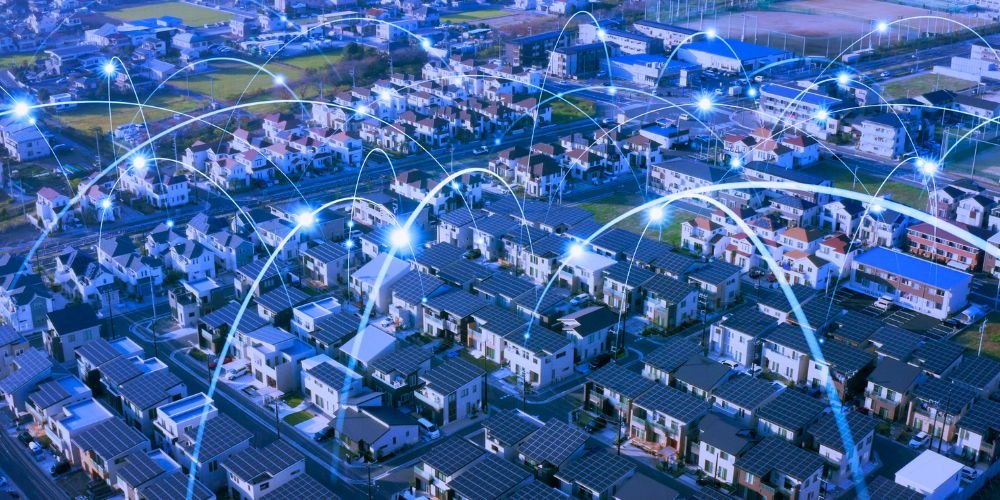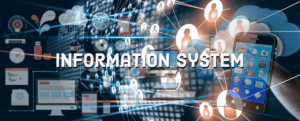In energy management and distribution, smart grid technology has emerged as a transformative approach for optimizing electrical grid efficiency, reliability, and sustainability. This article delves into the intricacies of smart grid technology, examining its functionalities, impacts, and the ethical considerations surrounding its integration into the energy infrastructure.
Smart Grid Technology: Facts
Understanding the foundational facts surrounding smart grid technology is essential for recognizing its potential benefits and limitations:
- Definition and Components: It encompasses a range of advanced digital technologies and communication systems designed to modernize electrical grids. These technologies include smart meters, sensors, automation systems, advanced analytics, and renewable energy integration capabilities, enabling real-time monitoring, control, and optimization of grid operations.
- Enhanced Monitoring and Control: Smart grid technology enables utilities to monitor and manage electricity distribution more effectively by collecting real-time data on energy consumption, grid conditions, and equipment performance. This data allows utilities to detect and respond more rapidly to issues such as power outages, voltage fluctuations, and equipment failures, minimizing downtime and improving grid reliability.
- Integration of Renewable Energy: Smart grid technology facilitates the integration of renewable energy sources, such as solar and wind power, into the electrical grid. By dynamically balancing supply and demand, optimizing energy storage, and managing grid stability, smart grids support the efficient integration of intermittent renewable energy resources, reducing reliance on fossil fuels and lowering carbon emissions.
- Demand Response and Energy Efficiency: Smart grid technology enables demand response programs and energy efficiency initiatives by providing consumers real-time information on energy prices and consumption patterns. Through smart meters and automated controls, consumers can adjust their energy usage in response to pricing signals, reducing peak demand and overall energy consumption, lowering costs, and promoting sustainability.
Smart Grid Technology: Views
Examining various perspectives on smart grid technology provides insight into the opportunities and challenges it presents:
- Grid Modernization and Resilience: Proponents of smart grid technology emphasize its role in modernizing aging electrical infrastructure, improving grid resilience, and enhancing energy security. By leveraging digital technologies and data analytics, smart grids enable proactive maintenance, grid optimization, and rapid response to emerging challenges, such as extreme weather events and cyber threats.
- Energy Access and Equity: Critics raise concerns about the potential for smart grid technology to exacerbate energy disparities and inequities, particularly for low-income communities and vulnerable populations. Efforts to ensure equitable access to smart grid benefits, such as energy efficiency programs, renewable energy incentives, and affordable pricing structures, are essential to promote social equity and inclusion.
- Privacy and Data Security: The proliferation of smart grid technology raises concerns about data privacy and cybersecurity risks associated with collecting, storing, and transmitting sensitive information. Implementing robust data protection measures, encryption protocols, and cybersecurity standards to safeguard consumer privacy and protect critical infrastructure from cyber threats and malicious attacks is essential.
- Policy and Regulatory Frameworks: Successful implementation of smart grid technology requires supportive policy and regulatory frameworks that incentivize investment in grid modernization, promote interoperability and data sharing, and prioritize consumer protection and privacy rights. Collaboration between government agencies, utilities, industry stakeholders, and consumer advocates is crucial for developing effective policies that balance innovation with regulatory oversight.
Conclusion
Smart grid technology is promising to transform the energy landscape, offering innovative solutions for enhancing grid reliability, sustainability, and resilience. However, realizing this potential requires addressing technical, ethical, and regulatory challenges associated with its integration into the energy infrastructure. By prioritizing consumer privacy, social equity, and cybersecurity, stakeholders can harness the benefits of smart grid technology while mitigating risks and ensuring responsible deployment. Embracing smart grid technologies as tools for advancing energy efficiency, sustainability, and grid resilience is essential to shaping a future where reliable, affordable, and clean energy is accessible to all.












